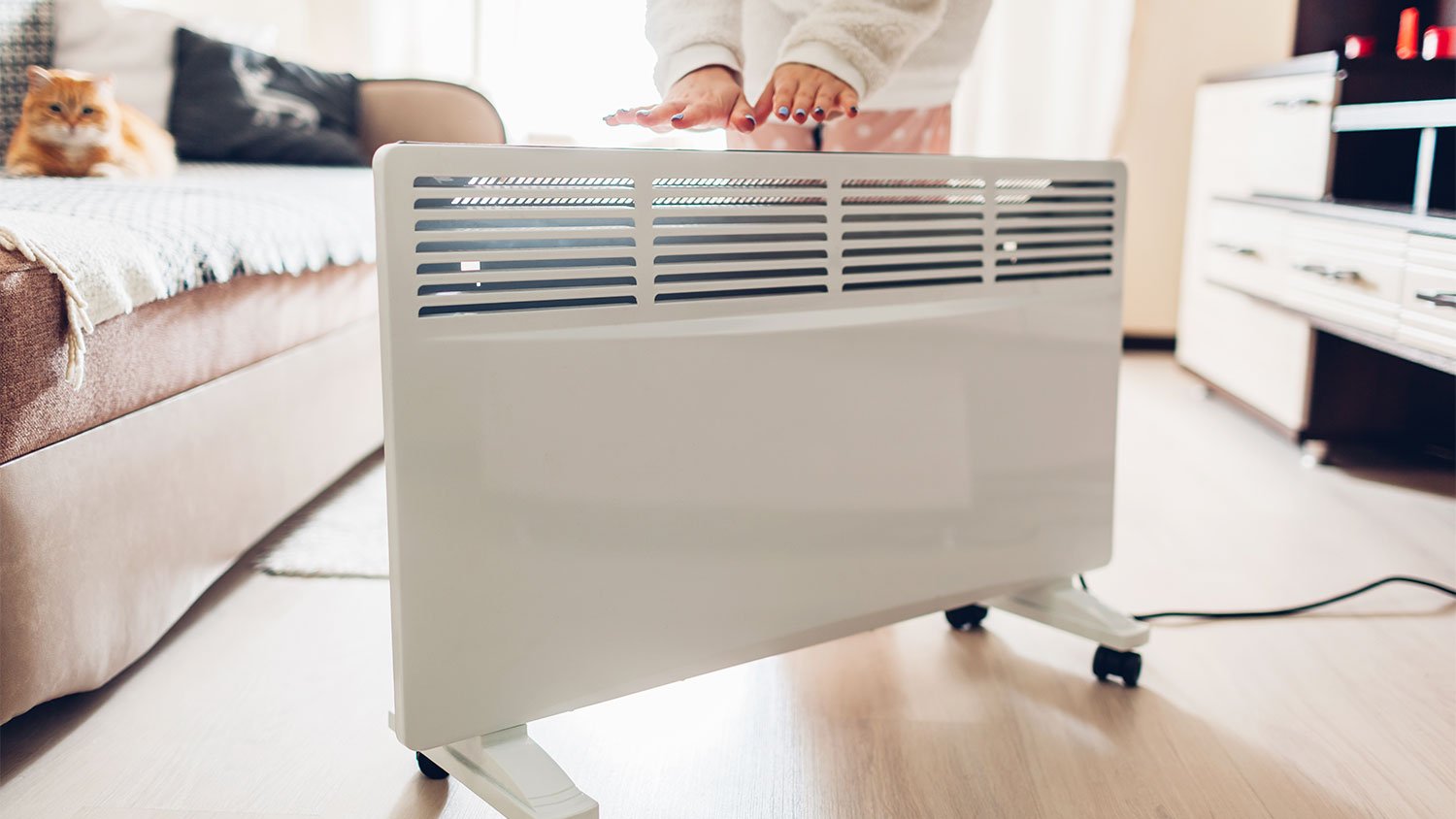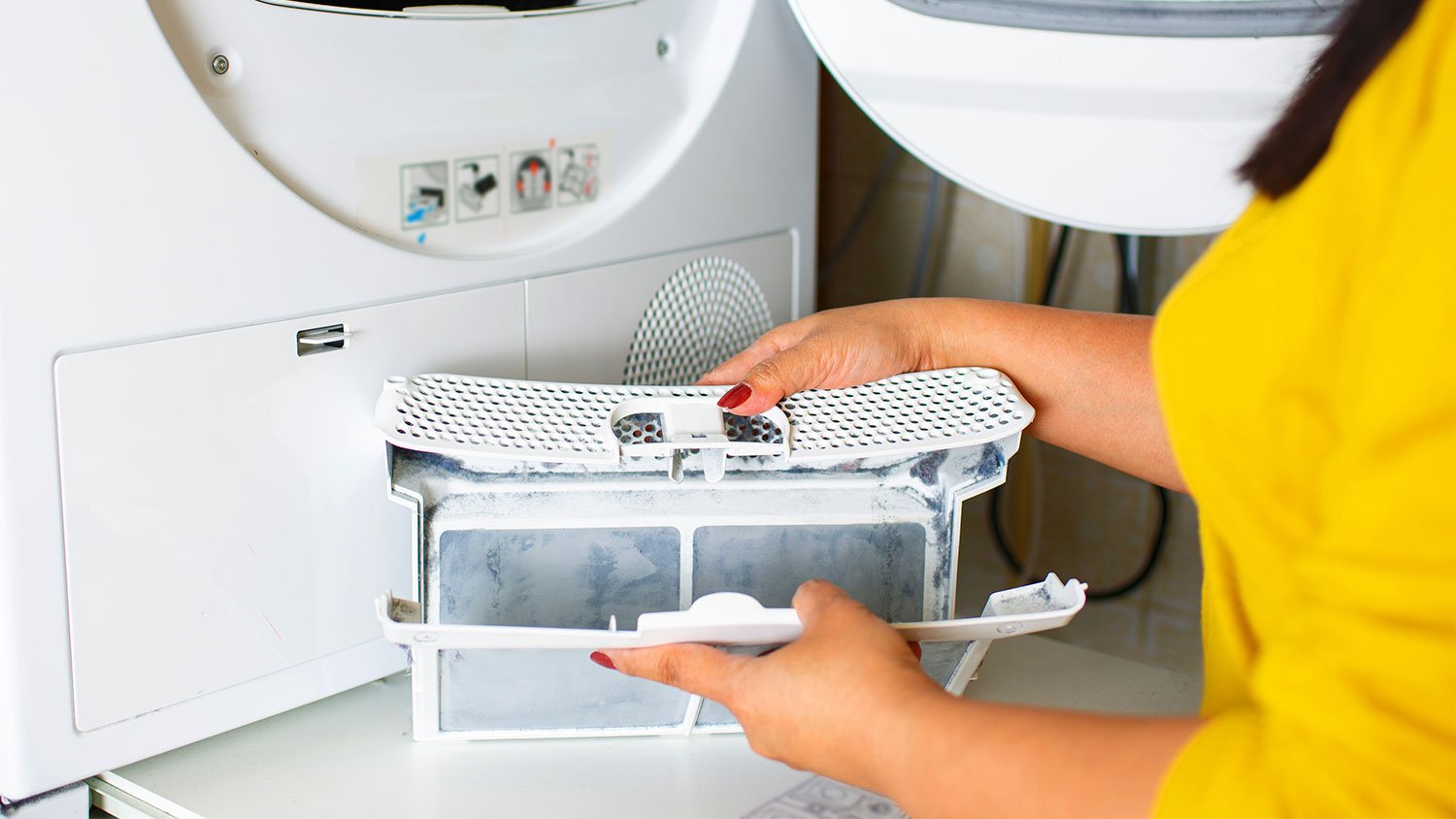The 6 Most Common Causes of House Fires (Plus Prevention Tips)
Only you can prevent house fires


There are over 490,000 house fires every year in the United States.
Fire damage restoration is costly, with prices up to $30,000.
Cooking accidents cause a large share of house fires, as do faulty electronics.
Other causes include smoking, candles, blocked chimneys, and appliance malfunction.
Check your fire alarms every six months for efficacy to reduce the chances of a fire.
House fires are dangerous, frustrating, and expensive headaches. For instance, fire damage restoration costs anywhere from $3,000 to $30,000, depending on the severity of the damage. They are also common, with the National Fire Protection Association (NFPA) reporting 490,500 U.S. residential home fires in 2020.
Preventing fires from happening in the first place is the best way to achieve peace of mind, and a first step is learning all the ways house fires start. Here are six of the most common reasons for home fires and some basic preventive tips to keep you from contacting a local fire restoration service.
1. Cooking Accidents
Cooking fires account for the vast majority of house fires, nearly 50% according to a 2019 NFPA report. They are also the leading cause of home fire injuries and the second-leading cause of home fire deaths. In other words, cooking-related fires are exceptionally dangerous.
But how do they start? Larger kitchen fires are typically ignited by grease fires. When cooking oil becomes hotter than 375 degrees Fahrenheit, it starts smoking, eventually bursting into flames. These flames spread around the kitchen and throughout the rest of the home. Leaving active ovens and burners unattended for long periods also contributes to some kitchen fires.
Another cooking-related danger is the humble barbecue grill, as these outdoor appliances lead to uncontrolled flames in the event of a gas leak or proximity to combustibles like dry grass.
Prevention Tips
Act fast as soon as you see wisps of smoke coming from cooking oil.
Turn off the flame and cover with a heavy metal lid.
If a small grease fire starts, pour a hefty amount of baking soda over it.
Do not use water and do not transfer the fiery pot or pan anywhere else.
For burners and ovens, keep an eye on them even when simmering for long periods of time.
Declutter and clear out any debris surrounding an outdoor barbecue before firing it up.
2. Portable Heaters

Portable heaters, aka space heaters, are useful for homes without central heat, but they are also the second-leading cause of home fires and home fire injuries. Space heaters that use fuel, as opposed to electricity, are especially dangerous with regards to starting house fires.
The main reason these appliances are so dangerous is not due to their inherent design, but rather that consumers don’t respect their spatial requirements. Each model is different, but they need a fair amount of space separating them from walls, piles of clothing, or anything combustible.
Prevention Tips
Familiarize yourself with the heater’s instructions and follow them to a tee. Manufacturers go through rigorous testing to come up with relevant safety guidelines.
Be careful when powering the heater on, ensuring it is far from any and all combustible objects, including bare walls.
Choose electric heaters over fuel-burning heaters, and only buy from reputable brands.
If a fire starts evacuate immediately, call the authorities, and don't waste any time trying to unplug the heater.
3. Electrical Fires
Faulty wiring and overburdened electrical outlets account for many house fires, with the Electrical Safety Foundation International (ESFI) reporting that electrical fires account for more than 51,000 house fires each year and over 500 deaths.
Shoddy electrical work like poorly connected circuits, loose wires, and improper grounding all contribute to house fires. Additionally, older homes lack the infrastructure to handle an overabundance of electricity, so having multiple appliances and gadgets running simultaneously could result in a strained breaker and a fire.
Prevention Tips
Contact a local electrician and schedule yearly inspections of both your electrical system and lighting fixtures, ensuring everything is up to code and safe.
If you suspect an overburdened system, don’t overload it by running multiple power-hungry appliances at once.
Replace your fire alarms every decade and replace the batteries according to instructions.
4. Appliance Malfunction

Certain appliances, particularly clothes dryers, start house fires in certain scenarios. According to the NFPA, firefighters respond to over 15,000 home fires caused by dryers and washing machines every year. Dryers with significant lint buildup and clogged ducts are at high-risk for house fires, as are washing machines with poorly insulated wiring and malfunctioning drive belts.
Prevention Tips
Just like your electrical grid, inspections are key here. Hire a local appliance repair expert to go over your dryer and washing machine with a fine-tooth comb.
Get your dryer ducts cleaned professionally each year.
Thoroughly empty the lint trap after every use of the dryer.
Replace plastic or foil accordion-style ducts with metal ducts. Accordion-style ducts sag and cause lint buildup.
Keep an eye on your drying times. Lengthened drying times, and abnormally hot clothes, indicate the appliance struggles to expel excess lint through the vents.
5. Chimney Issues
Chimney fires are no joke, with the Chimney Safety Institute of America suggesting these handy fixtures cause more than 25,000 fires each year to the tune of $125 million in damages.
What causes chimney fires? Most begin after a flue blockage or a significant build-up of creosote. Creosote, a distillation of tar from wood, is highly flammable, as are the materials that block chimney flues. When heat from the chimney reaches these ultra-flammable materials, a fire ignites which, left untreated, spreads to the rest of the home.
Prevention Tips
Hire a pro to clear out any buildup of creosote and eliminate any flue blockages.
Have the internal workings of the chimney inspected at the start of each winter, going for regular cleanings as recommended
Never kick-start a fire with gasoline or kerosene, use dry wood or dedicated chimney fire starters instead.
For kindling, stick to dried twigs or branches.
Extinguish the fire before going to bed each night, to avoid creosote buildup.
6. Smoking and Candles
Leaving cigarettes, cigars, and pipes unattended may account for only 5% of house fires, but these fires are are the deadliest of all, as they represent the highest death rate when compared to all house fires, as reported by the NFPA.
Candles are not far behind, accounting for 3% of home fire deaths. Why are smoking and candles so dangerous? They are essentially open flames and start fires whenever coming into contact with combustible or flammable materials.
Prevention Tips
Smoke outside, if possible, and never smoke while laying down, to prevent accidental naps.
Stay away from flammable items of furniture while smoking.
Don’t ash your cigarettes or cigars in the trash, as hot ash ignites when contacting flammable materials.
Never leave lit smoking materials unattended.
Keep an eye on lit candles and extinguish them before leaving the room or going to bed.
Make sure candles stay at least 12 inches away from flammable materials.
Consider other options instead of candles, like battery-operated flashlights.



- Home Generator Repair
- Lamp Repair
- Electric Repair
- Generator Installation
- TV Antenna Services
- Emergency Electricians
- Commercial Electricians
- Attic Fan Installation
- Attic Fan Repair
- Exhaust Fan Installation
- Electric Inspectors
- Subcontractors
- Electrical Construction
- EV Charger Installer
- Chandelier Installation
- Doorbell Installation
- Bathroom Fan Installation
- Ring Installers
- Electrical Panel Upgrade
- How To Put Out a Kitchen Fire: A Step-by-Step Guide
- How to Prevent Electrical Fires at Home: 13 Helpful Tips
- How Long It Takes for a House to Burn Down and Why Newer Homes Burn Faster
- 9 Chimney Maintenance Tips to Ensure Every Winter’s a Cozy One
- 7 Effective Ways to Fireproof Your Home, From Siding to Doors
- 7 Home Electrical Safety Tips That You Should Know
- What to Do After a House Fire: 8 Steps for Home Fire Recovery
- Fire Extinguisher Ratings: What Do They Mean and Which One Should You Buy?
- What is an Electrical Emergency? How To Handle To Protect Your Home
- 10 Potential Fire Hazards Hiding in Your Home










